
Environmental & Social Impact Assessment
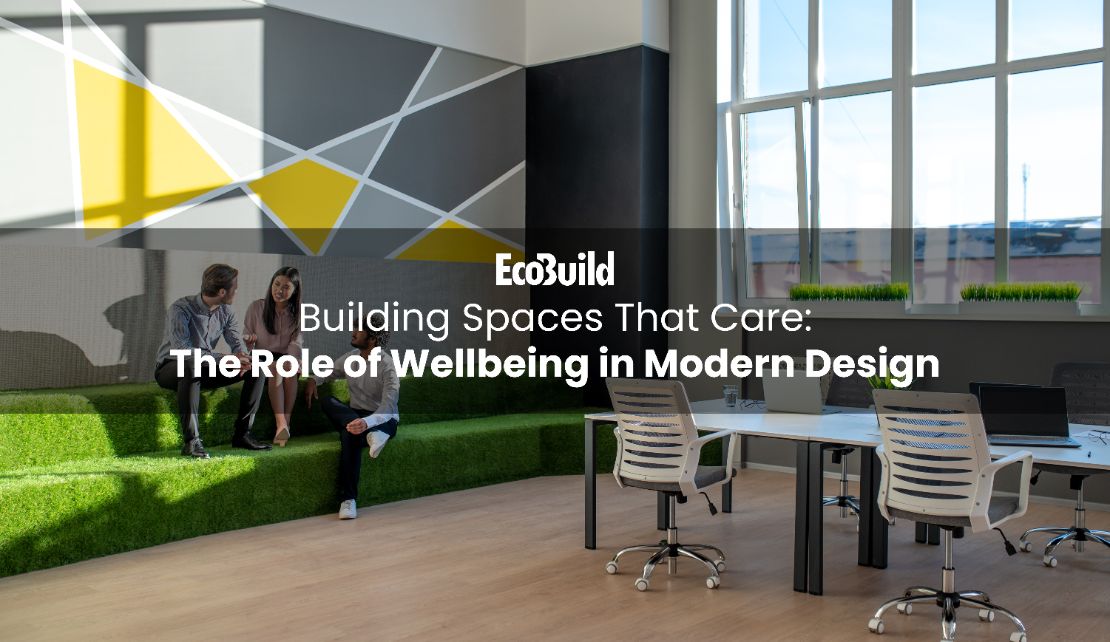
A futuristic sustainable cityscape Photo: freepik
INSIGHT JAN 31, 2025
Building Spaces That Care: The Role of Wellbeing in Modern Design
Introduction: Designing for People and Planet
Modern building design is no longer just about functionality or aesthetics—it’s about creating spaces that care for their occupants and the environment. Incorporating wellbeing into building design is a powerful approach that prioritizes human health, comfort, and productivity while advancing sustainability goals.
At ECOBUILD, we believe that sustainable design and occupant wellbeing go hand-in-hand. In this blog, we’ll explore how wellbeing-focused design is transforming the built environment and how ECOBUILD is leading the way in creating spaces that promote healthier and more sustainable lifestyles.
WHAT IS WELLBEING IN DESIGN?
Wellbeing in design refers to creating environments that enhance the physical, mental, and emotional health of occupants. It involves integrating features that support:
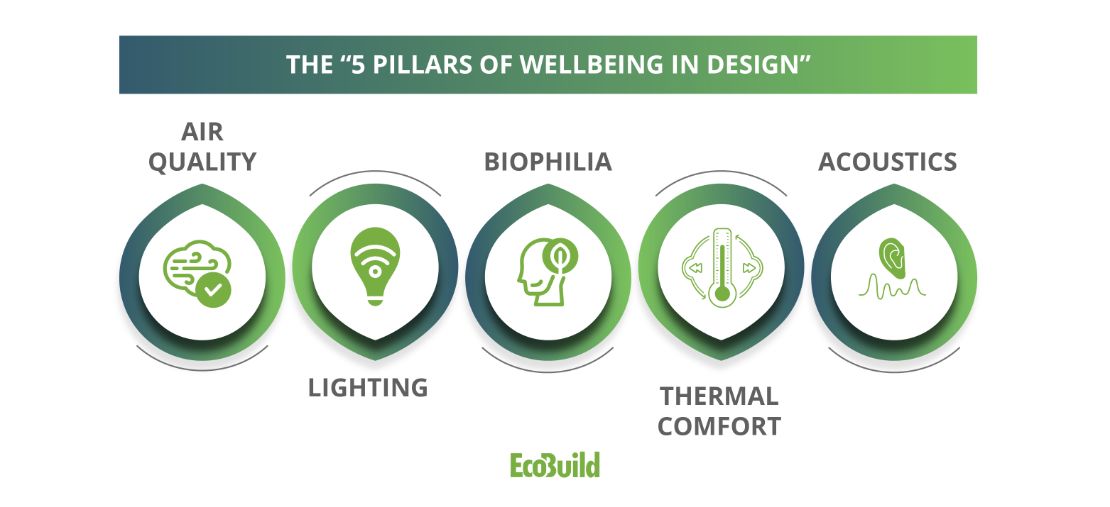
The “5 Pillars of Wellbeing in Design” @ECOBUILD
WHAT IS WELLBEING IN DESIGN?
1. Healthier Occupants, Better Outcomes
Buildings designed with wellbeing in mind have been shown to improve occupant health, reduce absenteeism, and enhance productivity.
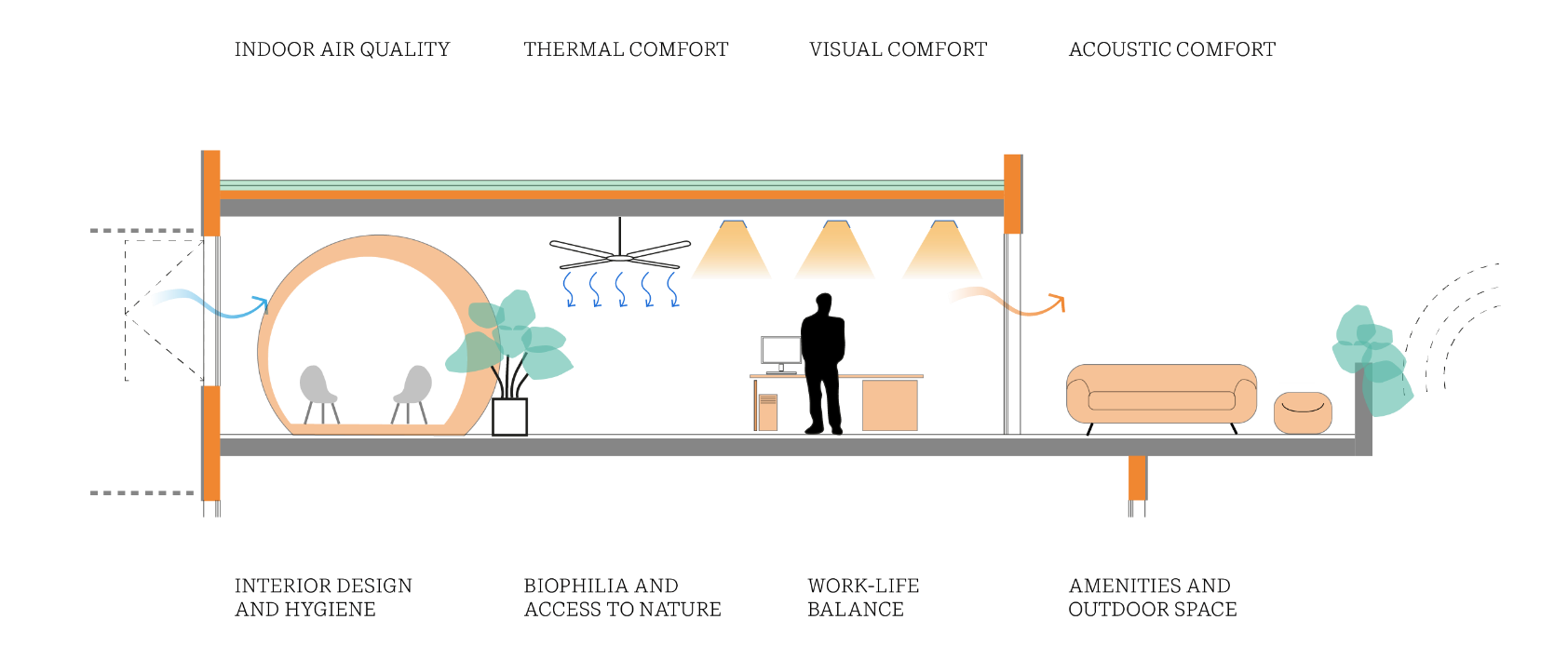
Holistic approach to design for wellbeing @ Bryden Wood
ECOBUILD’s Approach to Wellbeing in Design
1. Indoor Air Quality Optimization
We design ventilation systems that prioritize clean air by integrating high-performance air filtration and monitoring technologies.
2. Biophilic Design Elements
ECOBUILD incorporates natural elements like green walls, indoor gardens, and natural materials to bring the outdoors inside.
3. Daylighting and Lighting Solutions
Our designs maximize natural light through strategic window placements and skylights, complemented by energy-efficient lighting systems.
4. Thermal and Acoustic Comfort
We use thermal dynamic modeling and acoustic analysis to ensure consistent indoor temperatures and minimal noise disruptions.
5. Sustainable Materials Selection
ECOBUILD sources low-impact, non-toxic materials that contribute to occupant wellbeing and reduce environmental harm.
Case Study: Wellbeing in Action
In a recent ECOBUILD project, we transformed a corporate office into a wellbeing-focused workspace:
The Future of Wellbeing in Design
As global challenges like climate change and urbanization grow, designing for wellbeing is more critical than ever.
At ECOBUILD, we are committed to creating spaces that balance the needs of people and the planet, making every project a step toward a healthier, more sustainable future.
🌿 Ready to build spaces that care?
Contact ECOBUILD today to learn how we can integrate wellbeing into your next project

Environmental & Social Impact Assessment
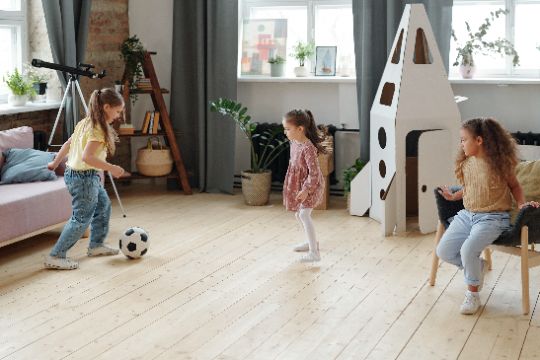
Designing Health-conscious Built Environments
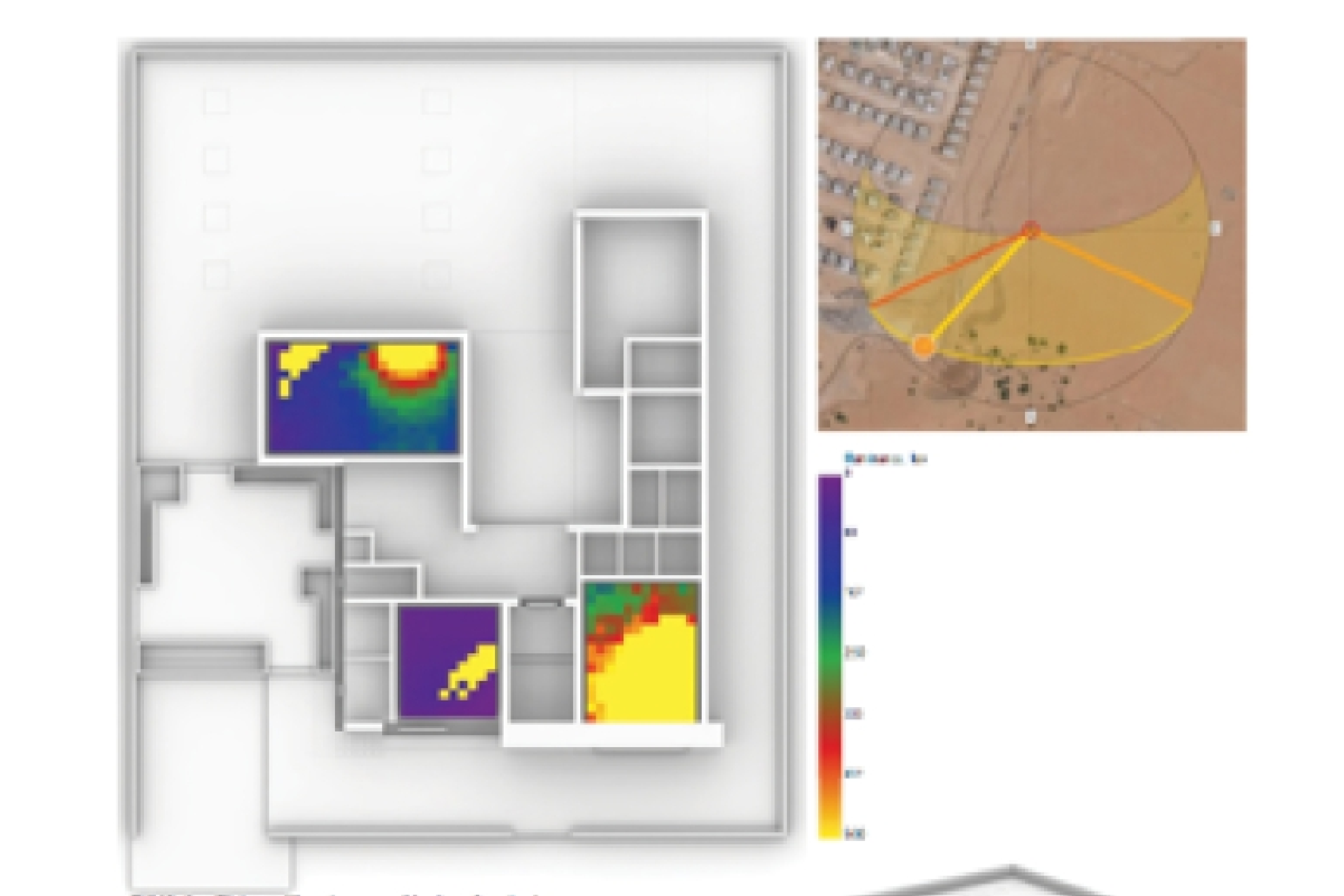
Illuminating Design with Daylight Simulations